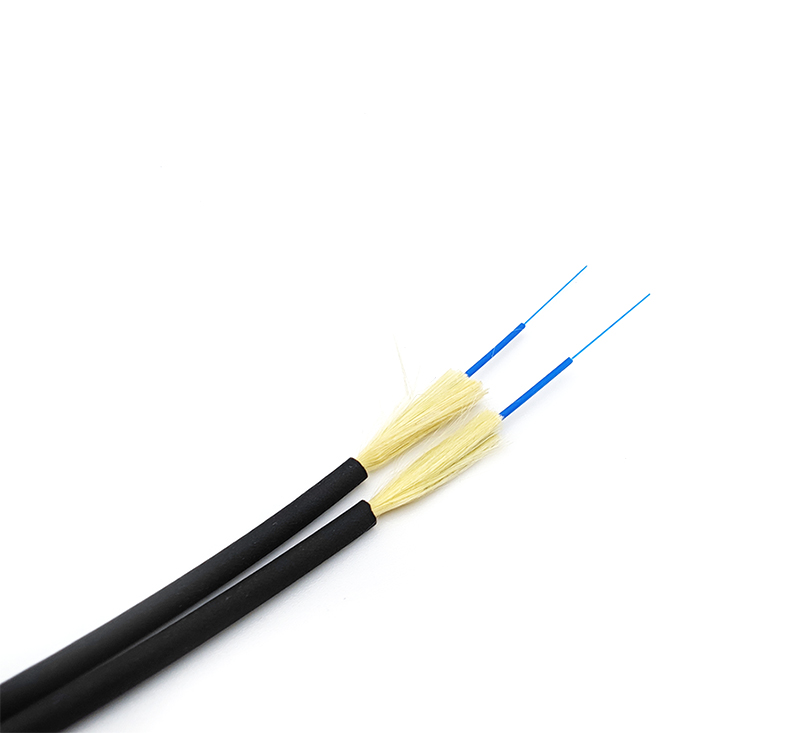Introduction to Fiber Optic Transceivers
Optical fiber transceiver is an Ethernet transmission media conversion unit that exchanges short-distance twisted-pair electrical signals with long-distance optical signals. It is also called a fiber converter in many places. The product is generally used in the actual network environment where the Ethernet cable cannot cover and must use optical fiber to extend the transmission distance, and is usually located in the access layer application of the broadband metropolitan area network; at the same time, it helps to connect the last mile of optical fiber to the metropolitan area. It also plays a huge role on the Internet and beyond.

The role of fiber optic transceivers
The function of the fiber optic transceiver is to convert the electrical signal we want to send into an optical signal and send it out. At the same time, it can convert the received optical signal into an electrical signal and input it to our receiving end. Optical fiber transceiver is an Ethernet transmission media conversion unit that interchanges short-distance twisted-pair electrical signals and long-distance optical signals, and is also called a photoelectric converter in many places.
Fiber Optic Transceiver Indicator
PWR: The status is green, indicating that the power is turned on. SPD1: (RJ45 port 1) status is green, indicating that it is in the 100M status. The state is off, which means it is in 10M state or no device is connected. SPD2: (RJ45 port 2) status is green, which means it is in 100M status. The state is off, in 10M state or no device connected. LK/ACT1: (RJ45 port 1) status is green, a connection is established with other devices, and the status is off, indicating that no connection is established. Blink, transmit or receive data.










